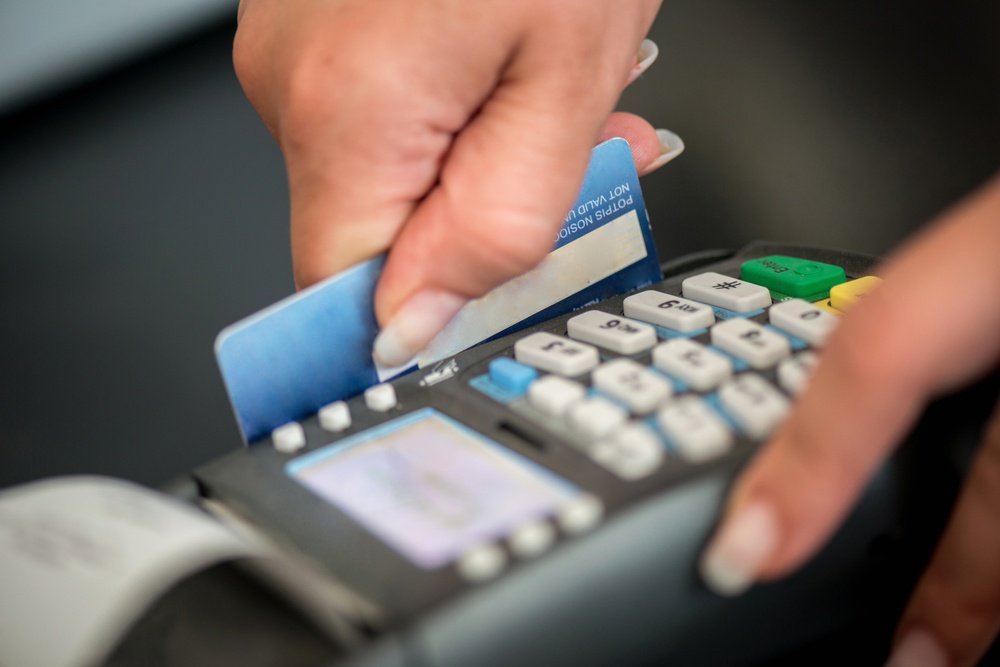 When your financial institution’s fraud prevention department calls you, it’s almost never good news, but the experience has become so common that if it hasn’t happened to you, it’s probably happened to someone you know.
When your financial institution’s fraud prevention department calls you, it’s almost never good news, but the experience has become so common that if it hasn’t happened to you, it’s probably happened to someone you know.
Credit card fraud is a massive criminal industry. Hackers range from part-time students to networks of evil geniuses capable of robbing millions of people’s data out of the crypts of companies like Target, TJX, and Home Depot.
The Facts About Credit Card Fraud
- 46% of Americans have been victims of credit card fraud in the last five years.
- In 2016, global losses to credit card fraud exceeded $24.71 billion.
- Every two seconds, a new person becomes a victim of identity theft, mostly used to perpetuate credit card scams.
- 65% of credit card victims take a financial loss.
- Most credit card fraud happens online and in the business and healthcare industries.
How Credit Card Fraud Happens
It’s simple. Scammers simply target a few data points such as your name, billing address, credit card number, expiration date, security code, and PIN. Since merchants are forbidden from storing this data, hackers turn to other options. Skimming, hacking, phishing, dumpster diving, and good old fashioned pickpocketing can give fraudsters the information they need to enjoy the good life on your hard-earned dime. The basic methods work like this:
- Skimming – The hacker hides an electronic device on an ATM or gas pump, collects your card information through the magnetic strips, and gets away with all s/he needs to know.
- Hacking – Weak passwords, unprotected Wi-Fi, and public computers are a hacker’s best friends.
- Phishing – Your neighborhood fraudster contacts you by phone or email telling a bogus story designed to get you to reveal critical data.
What You Can Do to Protect Yourself
Thankfully, modern technology hasn’t just handed the bad guys what they need to work with, but it’s also enabled corporate security, ethical hackers, and government bureaus to do their jobs more effectively.
EMV technology, otherwise known as chip-and-PIN cards, stores data on integrated circuits called chips instead of on magnetic strips. So far, this has nearly eliminated a hacker’s potential to skim data at a point-of-sale device. Its rollout, however, hasn’t made customers happy. Neither has it stopped credit card fraud online. Despite the introduction of the chip-and-PIN cards, credit card fraud continues to rise thanks to the popularity of online shopping.
Since neither technology nor security personnel can guarantee our credit cards’ safety, that responsibility lies on us.
Many practical, common-sense steps can help minimize your chances of being a credit card fraudster’s victim. We recommend you take actions like:
- Canceling a lost or compromised card
- Never responding to suspicious emails
- Always filling in the “tip” field on a restaurant tab
- Using a secure Wi-Fi network
- Keeping your anti-virus package up to date
If you think you or your customers may be at risk of credit card fraud, talk to an IT service provider about cybersecurity options that may help guard your all-important data from a hacker.

